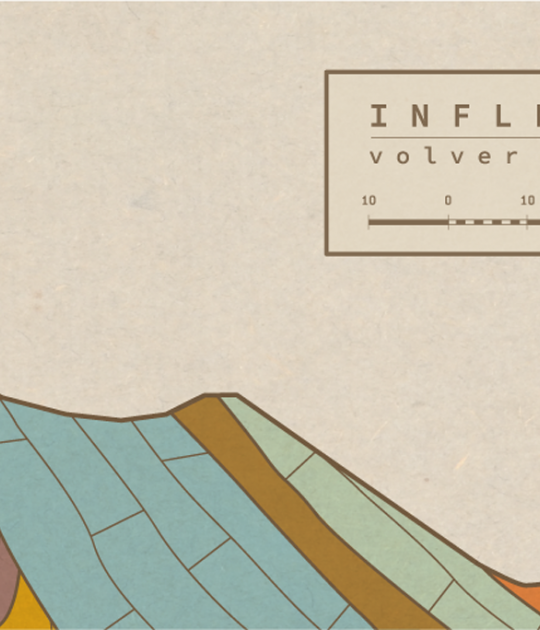The aim of the Meeting set by the Playgrounds Group is to provide an overview of architectural education for children and young people through the experience of different teams dedicated to this issue in the international arena. There is a growing interest in this kind of education confirmed by the increasing number of architects devoted to it and benefited from initiatives that promote the active involvement of children in their urban environment.
After a first call, the expectations have been exceeded and they've had to expand the capacity at the Reina Sofia Museum.
Virginia Navarro, one of the architects of Cuartocreciente, together with Jorge Raedó of Osa Menor, coordinate the meeting. The conference is an initiative that, through different activities such as those prepared for this event (see below), among other things, seeks to improve the spaces in which the youth relates within our cities.
The approach from different perspectives and nationalities seeks to make visible the educational innovation and plurality of forms of approach that enables: arts education, technical knowledge, creativity and participatory processes will be some of the starting points for development. The architecture and knowledge of the built urban environment, although it is seen as subject in the school curriculum, has failed to establish itself as a significant part within it. The III Encounter pretends to be the meeting space for reflection about their scope and importance.
Interventions are grouped around three main themes:
1_ Architecture Education in schools and educational institutions (formal education).
In this section involve, among others, Jaana Räsänen (Architecture Information Centre Finland) to explain the teaching of architecture in Schools and Schools of Arts for Children in Finland.
2_ Architecture Education in Museums and other alternative spaces (no formal education).
This block will be introduced by Marta Morelli (Italy) to explain the educational architecture projects she develops at MAXXI -Museo Nazionale delle Arti del XXI Secolo, Rome-. Currently the museums and art centers are the places where this activity has achieved greater diffusion.
3_Architecture education as a tool to design spaces with children and youth.
Besides its educational task, architects dedicated to this subject become activists of child's needs in the city. Angela Uttke (Germany) explains the work of child participation in schools developed by JAS association(Jugend Architektur Stadt). Other speakers like Irene Quintans (Red Ocara) or Miguel Rodríguez (Basurama Brazil) will present projects and initiatives linking education and participation in solving specific problems of children in the city.
Finally the state of the issue at Iberian Peninsula will be addressed from the work and experience of various local teams, making way for debate and establishing conclusions.
Speakers (in order of appearance)
Jaana Räsänen (Finland). Architectural education for children and youth in Finland. Schools of Architecture for Children and Youth. Main projects by Architecture Information Centre Finland.
Mina Sava (Romania). Projects by De-a-Arhitectura.
Xosé Manuel Rosales Noves (Spain). Proxectoterra, Galicia.
Javier Abad (Spain). "The art installations as ephemeral architectures for relational life at school".
Morelli Marta (Italy). Educational architecture projects by the education department of MAXXI -Museo Nazionale delle Arti del XXI Secolo, Roma-.
Carlos Naranjo (Colombia). School of Arts for Children and Youth at Facultad de Artes of Universidad Nacional de Colombia (UNAL) and Lunárquicos. He is Dean of Facultad de Artes (UNAL).
Angela Uttke (Germany). Projects and work methodology by JAS (Jugend Architektur Stadt).
Irene Quintáns (Brazil). "Children and city. Experiences in Brazil and Latin America". She is founder and coordinator of Red OCARA (Latin American Network of art, architecture and public space).
Carolina Pizarro (Costa Rica). "Sharing with Costa Rican children and youth creative playful experiences with issues of architecture and city."
Stella Claudia Celis (Colombia). "Early childhood educational environments, an opportunity to rethink the architectural project."
Miguel Rodriguez Cruz (Brazil). Projects and experiences by Basurama Brazil.



























